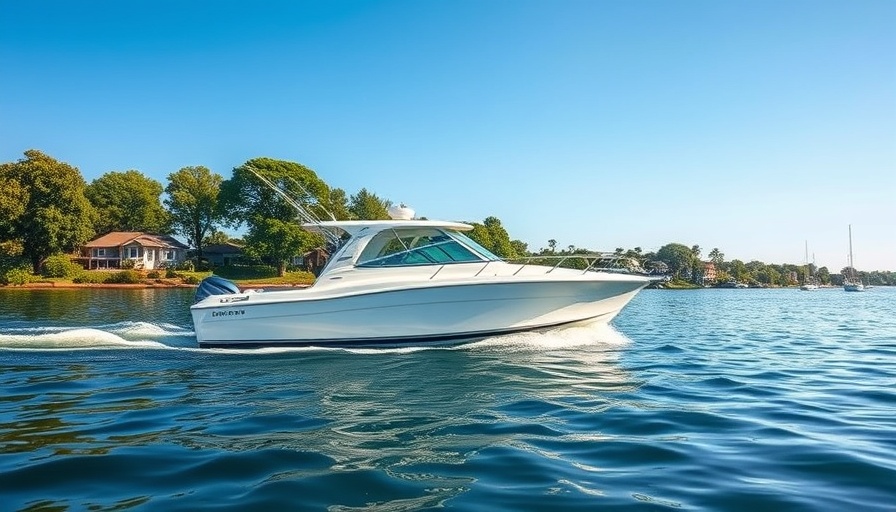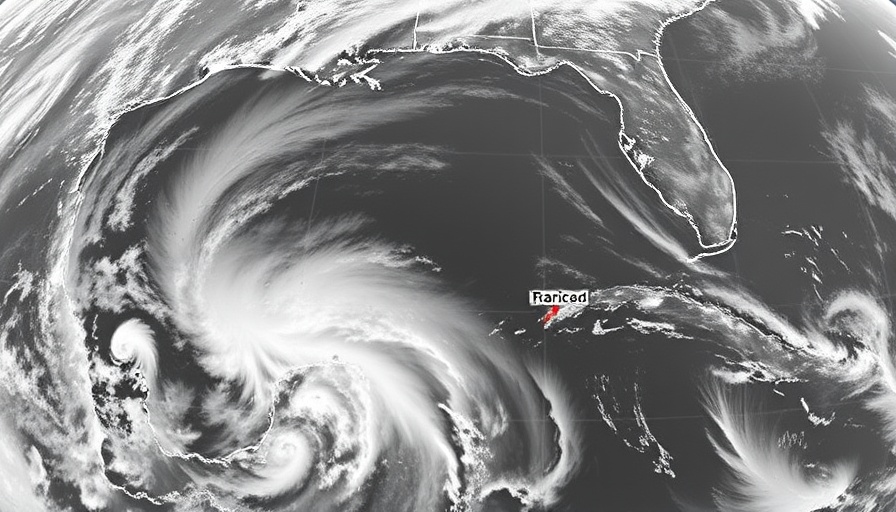
The Sad Case of Zackery Brandon Barfield: A Disruption to Nature
In a troubling incident off the coast of Florida, Zackery Brandon Barfield, a charter boat operator, was sentenced to only 30 days in prison for the senseless killing of dolphins. His actions, which spanned from 2022 to 2023, have not only raised eyebrows in the fishing community but also highlighted a broader conversation about the protection of marine life.
Frustration Turns Deadly: How Economic Pressure Influenced Actions
Barfield became agitated over bottlenose dolphins that were eating the red snapper caught by his charter fishing clients. This frustration led him to illegally shoot at the dolphins and even resort to using poisoned bait in an attempt to maintain his fishing quotas. Prosecutors revealed that he fatally shot at least one dolphin and used methomyl-laced baitfish over multiple outings. This kind of irrational response to competition in the fishing industry raises questions about how economic pressures can provoke harmful behaviors towards wildlife.
How Our Laws Protect Marine Life: Understanding the Regulations
The Marine Mammal Protection Act (MMPA) serves as a vital framework for the conservation of marine mammals. Enforced by various federal agencies, including the National Oceanic and Atmospheric Administration (NOAA), the act prohibits the hunting, killing, or harassment of marine mammals. Despite knowing these regulations, Barfield openly flaunted them, jeopardizing the lives of these intelligent mammals. The light sentence he received might be seen as ineffective in deterring others who might consider similar actions.
The Impact of Human Actions on Dolphin Populations
Dolphins are social creatures that often congregate in areas where they can find food. Human activity has drastically affected their habitats, leading to heightened conflicts between dolphins and fishermen. With an estimated population of around 156,000 bottlenose dolphins in the U.S. Atlantic, ensuring that their ecosystems remain intact is crucial for both ecological balance and protecting a species that is often cherished by marine enthusiasts.
What Can Be Done? Actionable Insights to Prevent Future Incidents
In light of this incident, there are steps that unsuspecting fishermen and charter operators can take to better coexist with marine wildlife. Education programs that highlight the importance of marine conservation can be instrumental in curbing illegal practices. Initiatives should focus on raising awareness about laws like the MMPA and the ecological ramifications of harming marine life. Fishers can also employ non-lethal methods to discourage dolphin interactions, ensuring that they respect both the catch and the environment.
Looking Forward: A Call for Stronger Enforcement
Following Barfield's case, conservationists have called for stronger enforcement of marine protection laws. While education is vital, so is the consistent monitoring of fishing practices. It is imperative that violations lead to significant consequences. Only through rigorous enforcement can we deter potential offenders and ensure the safety of marine mammals.
Conclusion: The Call for Environmental Stewardship
The recent sentencing of Zackery Brandon Barfield encapsulates a troubling trend in interactions between humans and marine life. As tensions escalate in our oceans, it is the collective duty of fishermen, regulators, and conservationists to foster a relationship that benefits both parties. By championing stronger laws and committing to protecting our oceanic ecosystems, we can prevent future tragedies like this and preserve marine biodiversity for generations to come.
 Add Row
Add Row  Add
Add 



Write A Comment